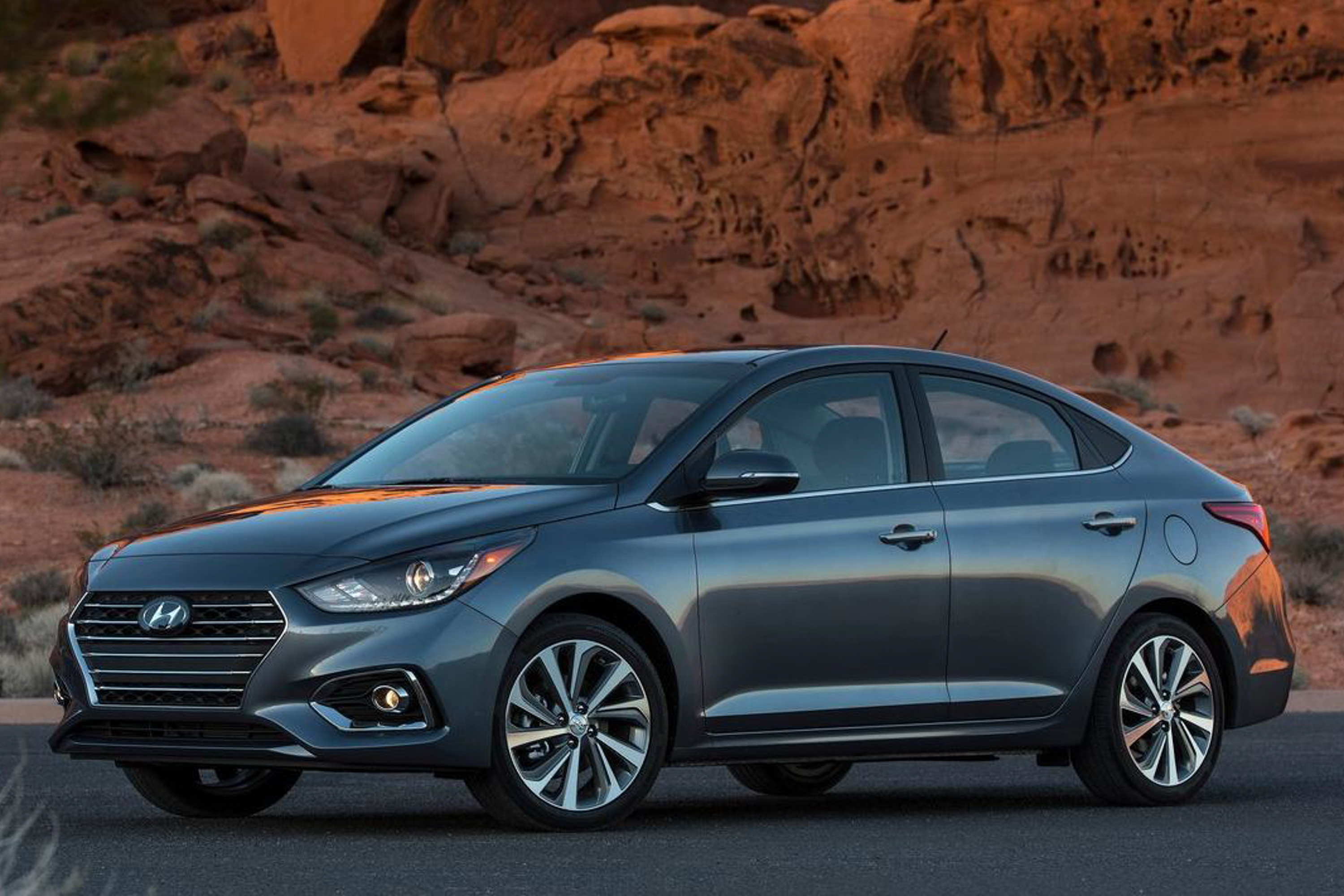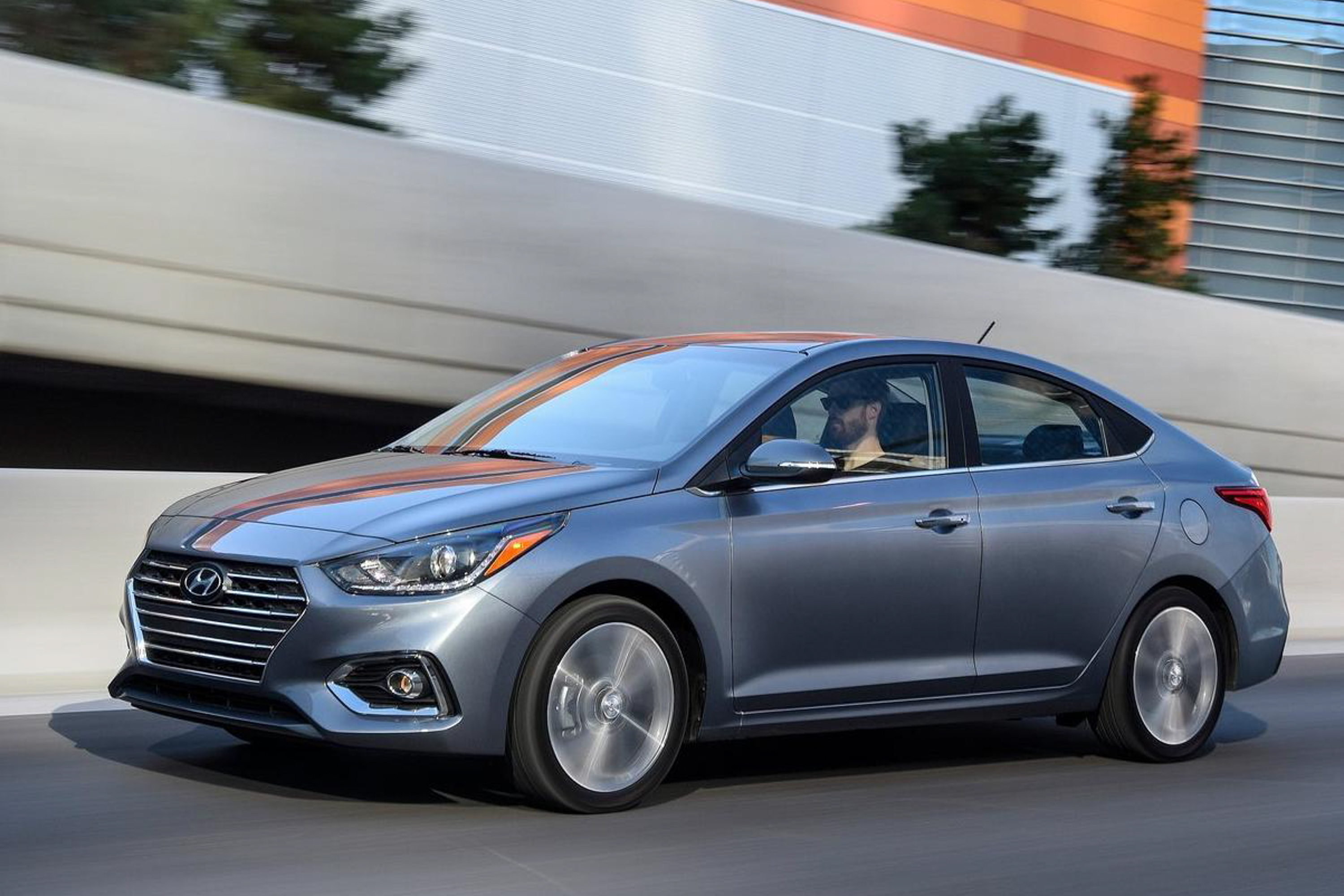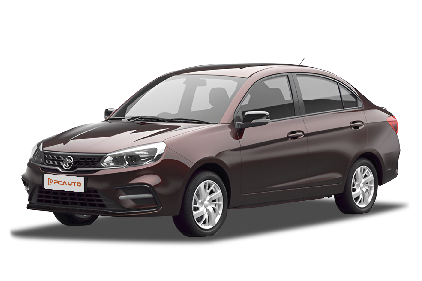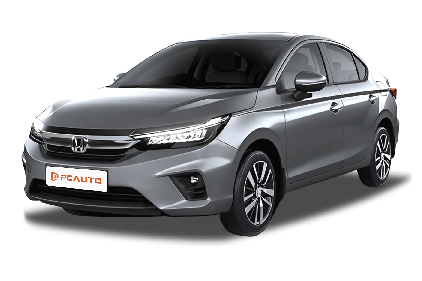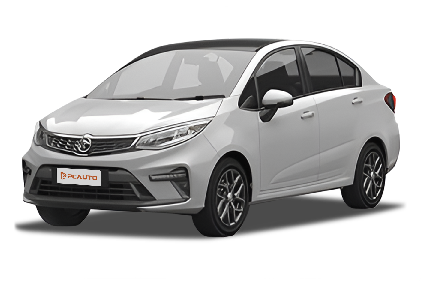Q
When to change transmission fluid 2020 Hyundai Sonata?
For the 2020 Hyundai Sonata's transmission fluid change interval, stick to the official maintenance manual's recommendation: every 60,000 to 80,000 km or 4-5 years, whichever comes first. Adjust based on driving conditions—if you’re often stuck in traffic or do frequent short trips, consider shortening it to 40,000-50,000 km to protect the transmission.
The Sonata’s automatic transmission is picky about fluid cleanliness, so always use the specified SP-IV or equivalent fluid for peak performance. If you notice rough shifts, delays, or weird noises, get the fluid checked ASAP.
Remember, this fluid isn’t just for lubrication—it handles hydraulic pressure and cooling too. Skipping changes can lead to oxidation, debris buildup, and even damage to sensitive parts like the valve body. That’s why regular maintenance is a must.
Pro tip: Swap the filter (if equipped) and opt for a flush with specialized equipment to ensure a thorough job. Since transmission specs can vary by model year, double-check with a Hyundai service center before buying parts.
Q
What is the factory warranty on a 2020 Hyundai Sonata?
The 2020 Hyundai Sonata typically comes with a factory warranty of 5 years or 100,000 kilometers (whichever comes first), covering manufacturing defects and material flaws. The powertrain may even have extended coverage—though it's always best to check with your local dealer for the latest terms.
Honestly, Hyundai’s warranty is one of the more competitive in the industry, especially compared to Japanese rivals. The longer coverage shows the brand’s confidence in its build quality and helps owners save on maintenance down the road. Plus, they throw in 24/7 roadside assistance, which is a lifesaver in emergencies.
Just keep in mind: normal wear-and-tear items like tires and brake pads aren’t covered. And to keep the warranty valid, you’ll need to stick to the service schedule at authorized centers. My advice? Read the warranty booklet carefully when you buy the car and hold onto all service records—it’ll save you headaches later.
Q
What is the fuel consumption of Hyundai Sonata 2020?
The 2020 Hyundai Sonata's fuel efficiency varies depending on engine configuration and driving conditions. The 2.5L naturally aspirated four-cylinder engine delivers a combined fuel consumption of approximately 7.8–8.1L/100km, while the more economical 1.6L turbocharged version averages around 6.7–7.2L/100km. Real-world figures may differ based on road conditions, driving habits, and maintenance status.
Featuring Hyundai's Smartstream technology, the Sonata optimizes combustion efficiency and reduces friction to improve fuel economy. It also offers selectable drive modes, with Eco mode further enhancing efficiency. For more accurate estimates, check owner forums or test-drive the vehicle yourself.
While hybrid models typically offer better mileage, the 2020 Sonata didn't introduce a hybrid variant in this market. To maximize efficiency, maintain smooth acceleration, proper tire pressure, and regular servicing—including air filter and spark plug replacements—to keep fuel consumption in check.
Q
What generation is the 2020 Hyundai Sonata?
The 2020 Hyundai Sonata represents the eighth generation of this model, which first debuted in 2019. It adopts Hyundai's latest "Sensuous Sportiness" design language, featuring a more dynamic and stylish look—think the signature full-width LED daytime running lights and a sleek fastback silhouette.
Built on Hyundai's all-new third-generation platform, the eighth-gen Sonata boasts improved body rigidity while shedding weight, enhancing both handling and safety. Under the hood, buyers can choose from multiple engine options depending on the market, including a 2.0L naturally aspirated, a 1.6L turbocharged, and a 2.5L naturally aspirated unit, with some variants even offering a hybrid powertrain.
Inside, the cabin gets a cleaner, more tech-forward design with a fully digital instrument cluster and a large touchscreen infotainment system supporting Apple CarPlay and Android Auto. This generation also introduces advanced driver-assistance features like Highway Driving Assist and Remote Smart Parking Assist.
Space is another area where the Sonata improves, thanks to a longer wheelbase that liberates extra rear legroom. The trunk offers 462 liters of cargo space, making it a practical choice. As Hyundai's flagship midsize sedan, the Sonata has always been praised for its value and well-rounded performance—and with its design and tech upgrades, the eighth-gen model only sharpens its competitive edge.
Q
What are common problems with the 2020 Sonata?
The 2020 Sonata delivers solid overall reliability, but there are a few common issues worth noting. Some owners report premature 12V battery drain—particularly with frequent use of the smart key's remote start feature. We'd recommend periodic battery health checks to avoid being stranded.
Another watch-out is the sunroof; a handful of drivers experienced rattles or clogged drainage channels after prolonged use, especially in rainy regions. Regular cleaning of the tracks and drainage holes helps prevent this.
While the smart cruise control works well in most scenarios, it can occasionally misread complex road situations, so staying alert is still crucial. Maintenance-wise, parts availability is good, and service costs are mid-pack for the segment.
Hyundai's made noticeable NVH improvements—the 2020 Sonata's cabin is significantly quieter than its predecessor. That said, some owners note pronounced tire noise at highway speeds; swapping to premium tires could help.
Bottom line: Stick to the scheduled maintenance, and this sedan should treat you right.
Q
Does a 2020 Hyundai Sonata have a turbo?
The 2020 Hyundai Sonata does offer a turbocharged engine option – a 1.6-liter turbocharged four-cylinder that delivers 180 horsepower and 265 Nm of torque, paired with an 8-speed automatic transmission. This powertrain strikes a nice balance between fuel efficiency and driving excitement, making it a solid choice for performance-minded buyers.
For those who prefer something different, there's also a 2.5-liter naturally aspirated engine available. Hyundai's engine tech is well-refined, and the turbocharging here does a great job of boosting power output from the smaller displacement while keeping fuel consumption in check—whether you're navigating city streets or cruising on the highway.
Just remember, turbo engines need a bit more attention when it comes to maintenance, especially oil changes and cooling system care, to ensure they stay reliable in the long run. As a midsize sedan, the Sonata delivers a comfortable ride and decent handling, working well for both family trips and daily commutes.
Q
How many miles does a 2020 Hyundai Sonata get?
**2020 Hyundai Sonata Fuel Efficiency Overview**
The 2020 Hyundai Sonata's fuel economy varies by trim and drivetrain. The standard 2.5L four-cylinder engine delivers an EPA-estimated 28–32 MPG combined (25–28 city / 36–38 highway). Meanwhile, the hybrid model pushes efficiency further, achieving up to 45–50 MPG combined. Real-world numbers may differ based on driving habits and conditions.
As a midsize sedan, the Sonata balances sleek styling with practical cabin space, plus tech like adaptive cruise control and lane-keeping assist for added safety and comfort.
*Note:* EPA ratings assume ideal conditions—factors like climate, fuel quality, and maintenance can impact actual performance. Stick to recommended service schedules and premium fuel (if required) for optimal results.
Q
What is the warranty on a 2020 Hyundai Sonata?
The 2020 Hyundai Sonata comes with a standard factory warranty of 5 years or 100,000 kilometers, whichever comes first. This coverage includes major mechanical components like the engine and transmission, along with complimentary maintenance for the first 12 months or 20,000 kilometers.
For hybrid models, the high-voltage battery pack is typically covered by an extended warranty of 8 years or 160,000 kilometers, reflecting the manufacturer's confidence in their electrified technology. Keep in mind that warranty terms may vary depending on the dealership or promotional offers, so it's wise to review the service booklet for exact details before purchasing.
Beyond the factory warranty, many owners opt for extended protection plans, which usually add 2-3 years of coverage. However, these plans often require servicing at authorized facilities to remain valid. Staying on top of scheduled maintenance at approved service centers is crucial—skipping or delaying required services could void your warranty.
Also, note that wear-and-tear items like tires and wiper blades typically only get limited coverage—usually 6 months or 10,000 kilometers. These specifics are always spelled out in the maintenance manual.
Q
What is the transmission problem on a 2020 Hyundai Sonata?
The 2020 Hyundai Sonata's transmission issues primarily involve its 7-speed dual-clutch transmission (DCT). Some owners report occasional jerky or delayed shifts during low-speed driving, which typically relates to either the transmission control module (TCM) software calibration or clutch break-in period. Hyundai has released technical updates for certain vehicles to improve shift smoothness.
It's worth noting that DCTs often exhibit these behaviors in stop-and-go traffic—this isn't unique to the Sonata. Many brands' dual-clutch systems require an adaptation phase early on. However, if you encounter severe symptoms like grinding noises or failure to engage gears, visit a dealership immediately, as these may indicate hydraulic or sensor failures.
Regular maintenance is key: always use the specified transmission fluid, especially in hot climates where heat can accelerate fluid breakdown. For used-car shoppers, get a professional inspection to check transmission health and verify any open recalls. Hyundai's been relatively flexible with transmission warranties lately—some out-of-coverage cases have even received goodwill repairs.
Q
Is there a recall on the 2020 Hyundai Sonata?
Regarding the recall information of the 2020 Hyundai Sonata, this model has indeed issued recall notices in multiple markets worldwide due to potential safety issues, including electric parking brake system modules that may experience short circuits, the risk of stalling during driving due to fuel pump failures, and the possibility of damage to connecting rod bearings due to insufficient rust prevention technology in some vehicles. It is recommended that car owners check the specific recall status on the brand's official website or authorized service center through the vehicle identification number. Modern cars usually notify affected car owners through registered mail or text messages, and provide free maintenance services. Even if they do not receive notification, they can actively schedule a test. For second-hand car buyers, they can check whether the relevant recall and repair have been completed through the repair records. It is worth noting that regular attention to recall information is an important part of vehicle maintenance, and hidden dangers such as electronic or fuel systems occasionally occur in other brand models. Keeping an eye on manufacturer announcements can effectively improve driving safety. The simplest way to confirm whether your car is within the recall scope is to bring the car key to a nearby dealer for quick inquiry.while avoiding robotic phrasing.)
